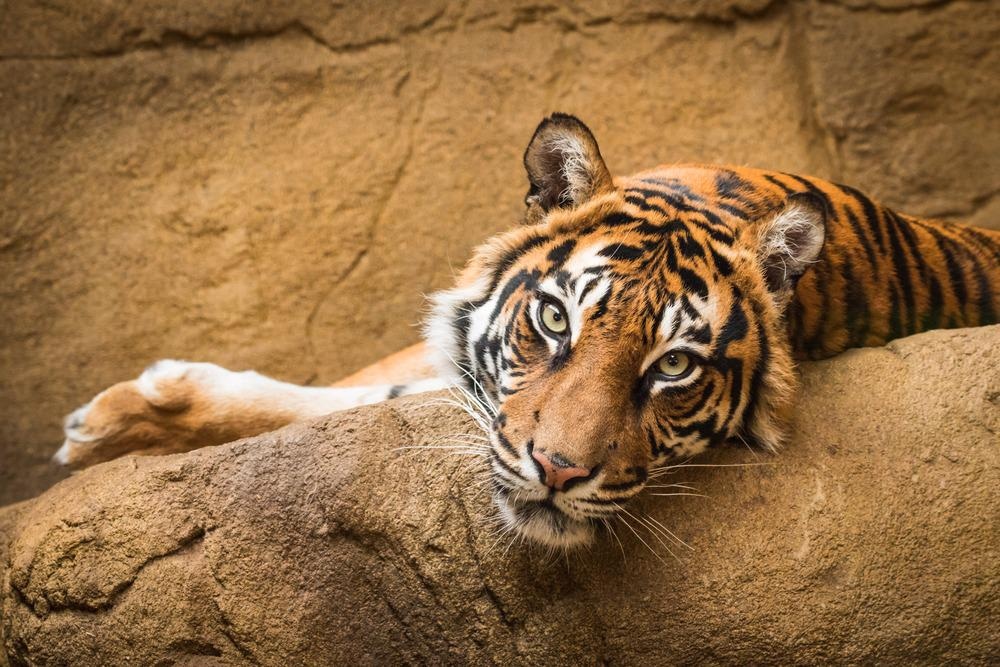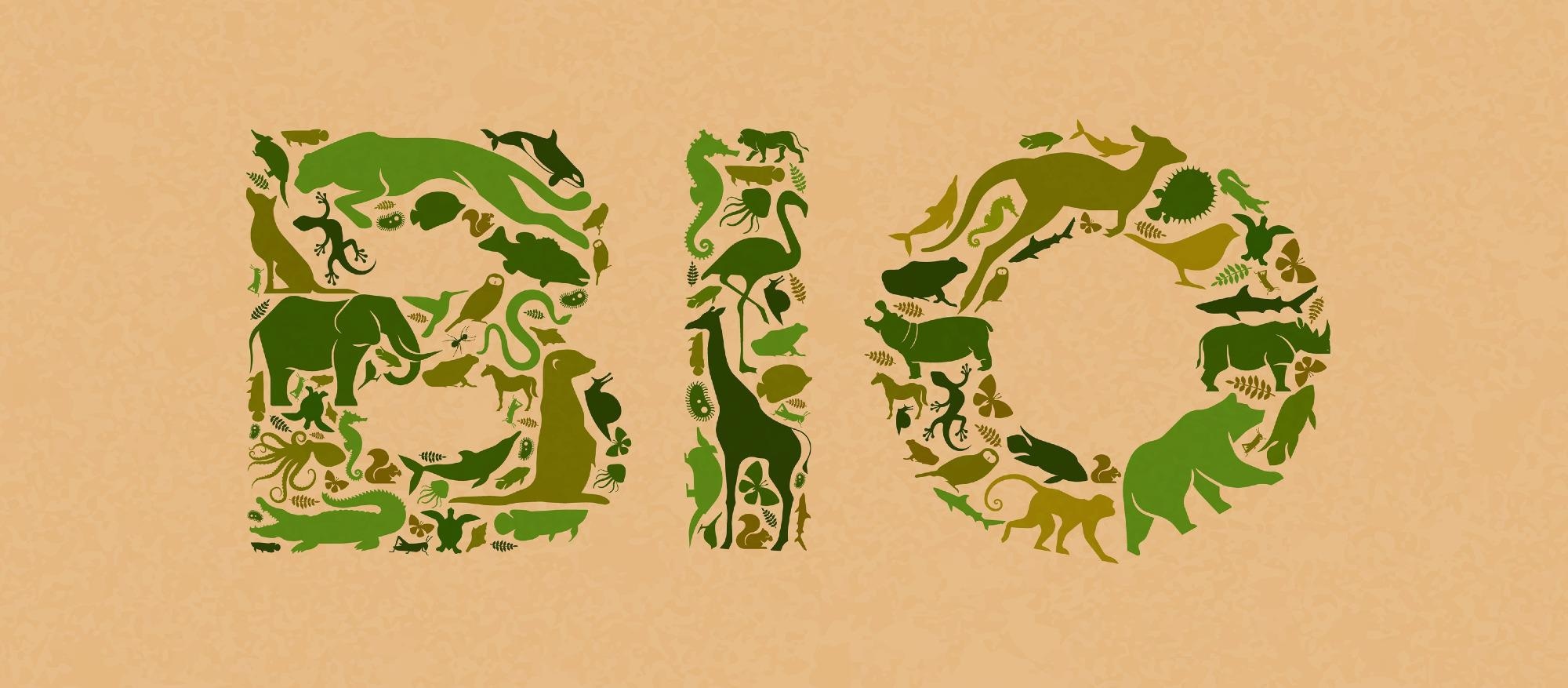In this interview, we speak to Professor Elizabeth Clare about her latest research into environmental DNA (eDNA) and how it can help to measure animal biodiversity.
Please could you introduce yourself and tell us what provoked your latest research into animal biodiversity?
My name is Dr. Elizabeth Clare, I’m an Assistant Professor of Molecular Ecology and Field Biology in the Department of Biology at York University, Toronto Ontario.
I have been working with environmental DNA (eDNA) in different forms for many years. In 2019 I was writing a report for a British environment agency on how eDNA could be used in the biomonitoring of terrestrial ecosystems. When trying to find examples of how DNA has been collected from different sources I discovered that while lots of people had speculated on air as a source of eDNA, there were very few examples of anyone trying it out. There were a couple of publications on plant DNA in dust collected from air, but nothing else.
When we got the opportunity to apply for research funding for what they call high-risk, high-reward ideas my collaborators and I decided to see if we could find a way to collect this sort of material. It had never really been tried, we didn’t know if it would work, but if it did, it could transform how we measure global terrestrial animal life.
Biodiversity is critical to life on Earth and helps to provide functioning ecosystems. Why is it therefore important to be able to accurately monitor biodiversity globally?
Most people have now heard that biodiversity is declining in all categories in all areas of the world dramatically. But most people don’t realize we have no good way to monitor it. We lack a coordinated efficient system to track the presence and absence of species and we desperately need new tools to help us do that accurately and at scale.

Image Credit: Andywak/Shutterstock.com
Can you describe how you carried out your latest research into environmental DNA (eDNA) and biodiversity? What did you discover?
Once we knew it was possible to collect eDNA from the air based on lab experiments, we deployed our method to a local zoo. Zoos are wonderful places to validate methods for biomonitoring because they are collections of non-native species so if we detect them, there is nothing else in the area that we could confuse our signal with. If we detect a tiger, there’s only one place that DNA could have come from. Nothing in the British countryside could be confused with the signal. Because the animals are confined to their enclosures we also know exactly where the signal came from so we can measure how far the DNA is traveling.
We found many of the zoo animals had produced DNA that was carried in the air, we also found DNA from the food that some of them were eating and even detected some of the native animals in the area like squirrels, ducks, and even the hedgehog.
What are the advantages of being able to monitor biodiversity from environmental DNA in the air?
eDNA is particularly good at detecting rare species. Most of our methods of biomonitoring require the animal to be present when you are doing the work. An animal has to walk in front of your camera trap to be counted, if it walks behind you may never know it was there. If you are doing an acoustic or visual survey the animal has to be present when you are. eDNA is more like a footprint.
Organisms leave this trace behind. So even after they have left, we may still be able to detect the signature that they have been there. So it’s a different sort of information compared to many of our normal sampling methods.
Are there any limitations surrounding the use of eDNA monitoring from the air? If so, what are they and how can they be overcome?
The challenge is going to be to collect it efficiently. eDNA is small and highly dispersed, particularly so in the air. We need to filter a lot of air through a small filter quickly to collect enough to make it useful. We don’t know how the signal will be altered by local weather and climate conditions.
We don’t know how fast it accumulates or how fast it degrades. There are a great many unknowns about this material right now. We need lots of work on the methods and parameters of collection before we can really use this efficiently.

Image Credit: Cienpies Design/Shutterstock.com
Do you believe that your research will help us to revolutionize the way we monitor biodiversity? Are you hopeful that this method could be adapted to monitor plant biodiversity also?
We are hopeful this will become another tool in the toolbox of terrestrial ecology and biodiversity science. Biomonitoring isn’t a one-method project, it’s really the sort of work you must do through every method you have. This is a really promising new method that we hope will be developed quickly. eDNA has been used very effectively in water for several years to monitor fish and other aquatic life. That research community has led the way on this, we need to catch up on land.
There are already very good studies showing this can work with plants. Some excellent researchers from Texas have been collecting dust from air samples and finding lots of plant eDNA so it really is a total terrestrial biodiversity approach we are suggesting.
Could your research technique be applied to help monitor endangered species also? What would this mean for global conservation efforts?
Yes. eDNA is usually very good at finding rare species, so two of the applications we are eager to see develop include the monitoring of endangered species and the detection of new invasive species. We may find their signature in eDNA when there is not enough for us to find in other survey methods.
What are the next steps for you and your research?
We need to test all those variables that might affect how much eDNA we can collect. We need to understand the role of sun, wind, rain, and temperature on the movement of airborne eDNA and we need to understand how long the signal lasts and how far it can move.
Where can readers find more information?
This work was published simultaneously by two teams of researchers working independently. You can find both articles in the journal Current Biology.
- ‘Measuring biodiversity from DNA in the air’ Elizabeth L. Clare, Chloe K. Economou, Frances J. Bennett, Caitlin E. Dyer, Katherine Adams, Benjamin McRobie, Rosie Drinkwater, Joanne E. Littlefair Current Biology (2021). DOI: 10.1016/j.cub.2021.11.064
- ‘Airborne environmental DNA for terrestrial vertebrate community monitoring’ Christina Lynggaard, Mads Frost Bertelsen, Casper V. Jensen, Matthew S. Johnson, Tobias Guldberg Frøslev, Morten Tange Olsen and Kristine Bohmann Current Biology (2021). DOI:1016/j.cub.2021.12.014
About Professor Elizabeth Clare
I completed my Ph.D. at the University of Guelph (Ontario Canada) working on DNA barcoding, a method to identify animals from DNA. I was awarded a fellowship from the Natural Sciences and Engineering Research Council of Canada which I used to join the School of Biological Sciences at the University of Bristol where I worked to develop methods of using eDNA to understand the diet of insectivorous bats..jpg)
I became a faculty member in the School of Biological and Chemical Sciences at Queen Mary University of London (UK) in 2013 where this work was completed. In 2021 I moved to York University (Toronto Ontario) where I joined the Department of Biology. My students and postdocs have worked all over the world with collaborators in dozens of countries on projects primarily related to how landscape-level changes impact the diversity and feeding ecology of bats.
We have also collaborated on dozens of projects in the dietary ecology of fish, birds, insects, small mammals, and even carnivorous plants. We have helped develop and refine many eDNA techniques including metabarcoding for dietary analysis, aquatic eDNA sampling, and the use of eDNA carried in the gut of leeches and dung beetles to track terrestrial mammal species. We’ve even core sampled down through 4000-year-old bat guano piles to help collect isotopes to learn about past ecosystems. Collecting eDNA from the air has been one of the most exacting projects we have ever engaged in.